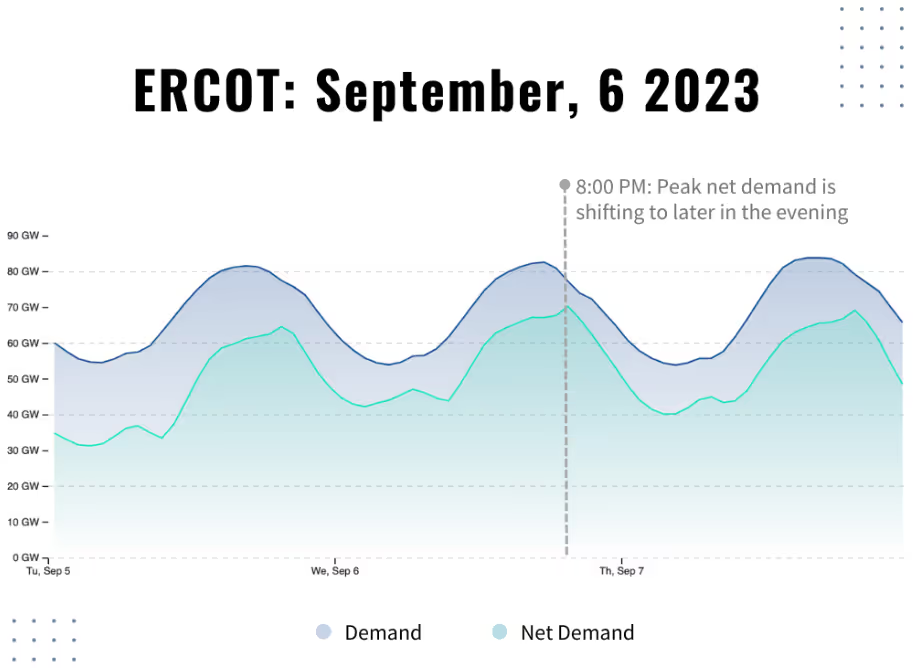Since launching Amperon five years ago, we focused on providing the most accurate electricity demand forecasts to improve grid reliability and sustainability. But that was only one side of the problem that is becoming increasingly harder to balance. This is a brave new grid, after all, with both the supply and demand sides contributing to market volatility, more blackouts, and higher energy prices.
That’s why we are thrilled to announce our latest development: net demand forecasts that include solar and wind generation forecasts. Our new forecasts are 25% more accurate than the ISO’s and will be a critical grid management tool for the energy transition.
With global energy demand outpacing the growth of new renewable generation, understanding the anticipated output of these intermittent resources becomes increasingly crucial. Just last week, NYISO announced that fossil fuel generation is retiring faster than renewable resources are going online, with annual electricity demand expected to double by 2050.
“This combination of mandates for clean energy production and significant added demand on the grid is creating challenges and complications for balancing load with supply,” the report said.
In order to ensure the grid becomes more efficient and can reliably deliver electricity and integrated renewable energy, utilities and grid managers will need to be armed with precise renewable forecasts.
Amperon’s Grid-Scale Net Demand Forecasts
Our net-demand forecasts utilize granular weather points and site-specific monitored wind generation data to provide:
- Grid-scale net demand forecast for the next 14 days that updates hourly
- Compare Amperon’s net demand forecasts to the ISO’s net demand forecasts
- Compare day-ahead forecasts
- See historic forecasts for any hour for the past 4 days

Wind and Solar Generation Forecasts
Our platform will also provide additional grid-scale solar and wind generation forecasts that:
- Overlay the ISO forecast, as well as DA forecasts for both Amperon and the ISO
- Amperon forecasts are 14 days out, compared to the ISO 7 days

The weather is already difficult to predict. But with the mix of wind-generation on the grid expected to rise from 11% to 12% and solar from 4% to 5% this year – surpassing coal and nuclear for the first time in the U.S. – it is critical to have accurate forecasts for these hard-to-predict, intermittent sources. These are also the supply signals that impact prices in the market.
For accurate solar and wind forecasts, it’s not just about if the sun is shining or the wind is blowing, they also need to account for cloud coverage, humidity, wind speed, wind direction, temperature, and precipitation. Even the smallest variations in these factors can make it harder to predict generation.
By better anticipating the amount of solar and wind that will be available on the grid at any given time, companies can more effectively integrate renewables into their energy management strategies:
- Traders can optimize innovative trading strategies to increase margins
- Utilities and grid managers can improve operational and resource planning
- Large, energy consumers have better insights into when to utilize backup power or storage option
- Retailers with a high concentration of customers with rooftop solar will gain better insights into their behind-the-meter data
To make sure the energy transition happens as smoothly as possible, we need the right tools in place. It starts with supply and demand forecasts – which ultimately reduce carbon intensity and keep prices low for consumers.
Amperon’s net demand forecasts are already available for ERCOT and will be rolling out to all markets by the end of the year with SPP, CAISO, and PJM to launch this summer.



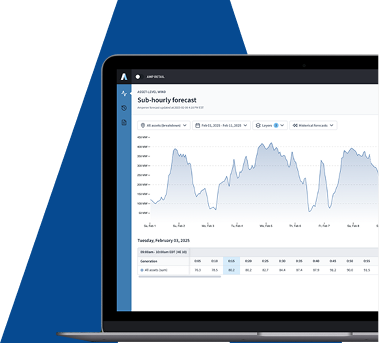
.svg)




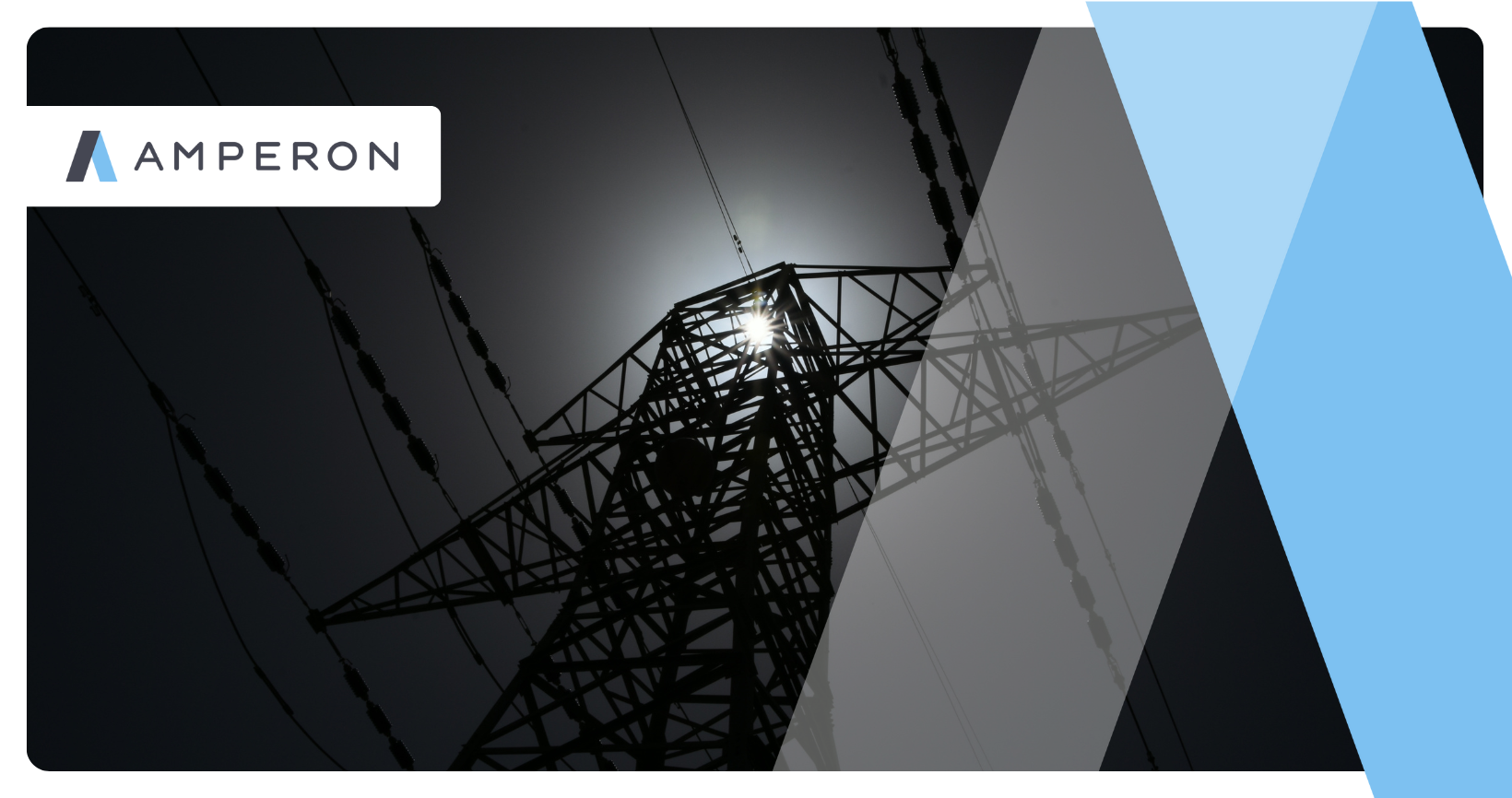

%20(3).png)
%20(2).png)
%20(1).png)
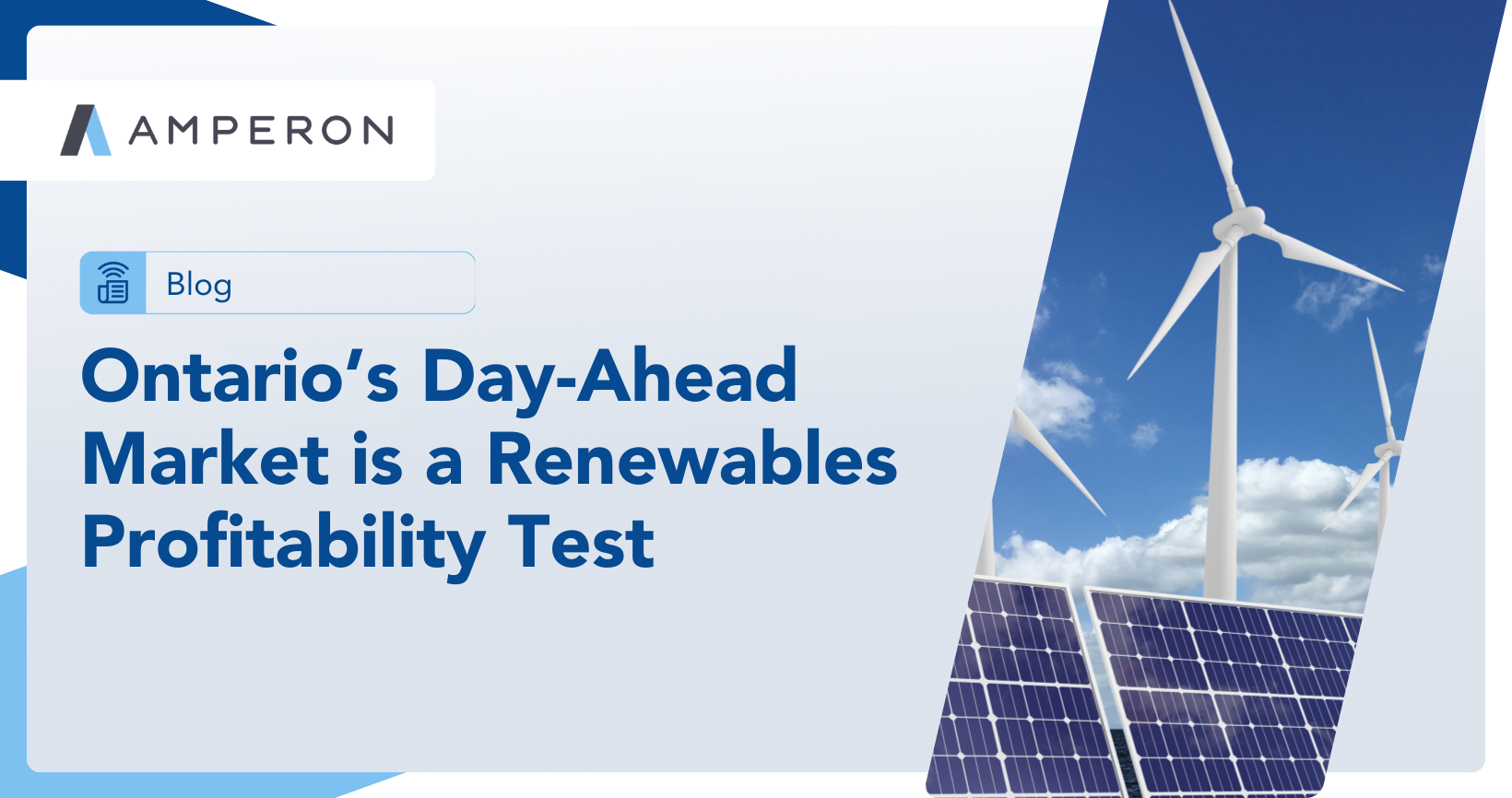
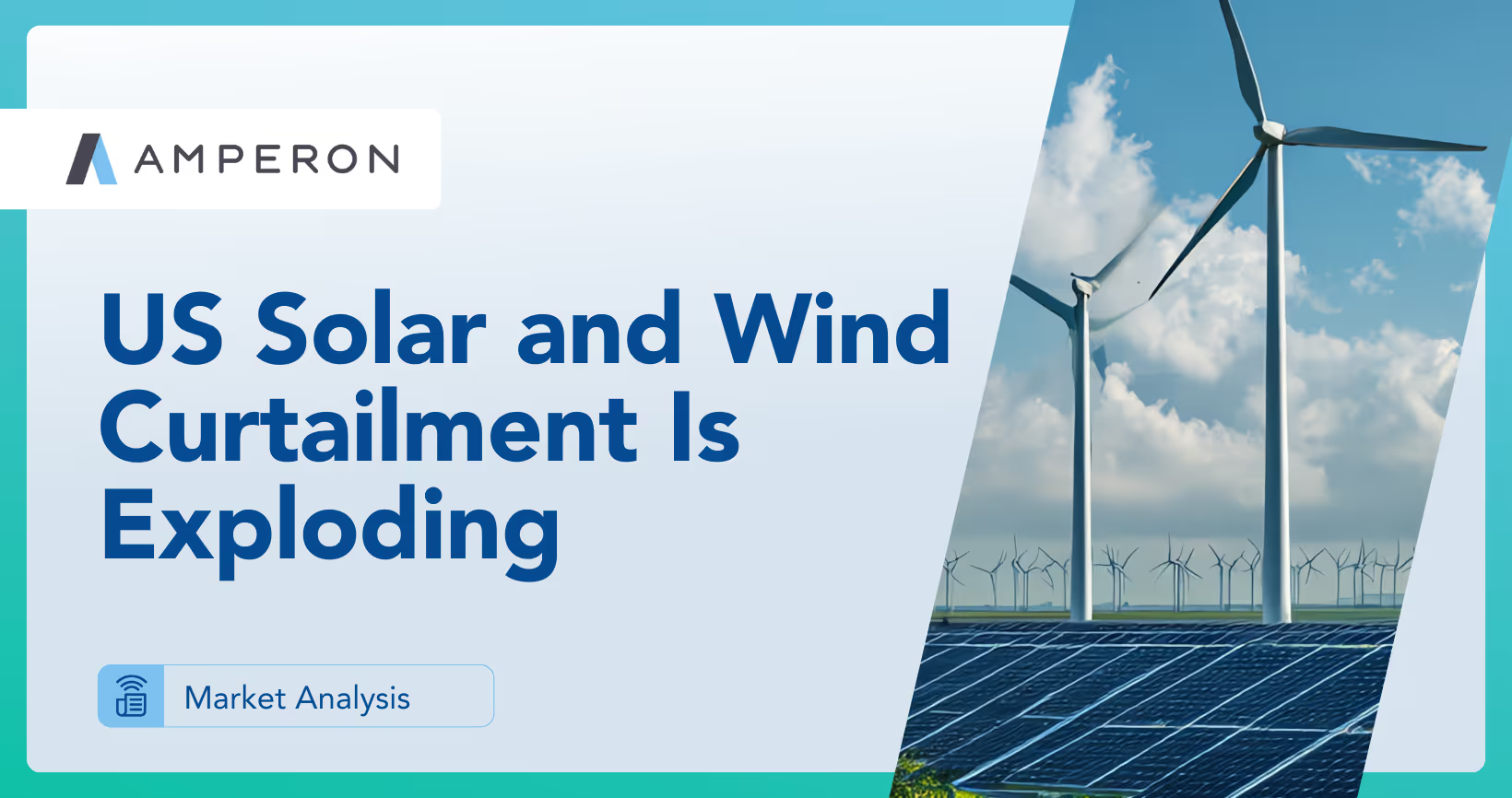





.png)

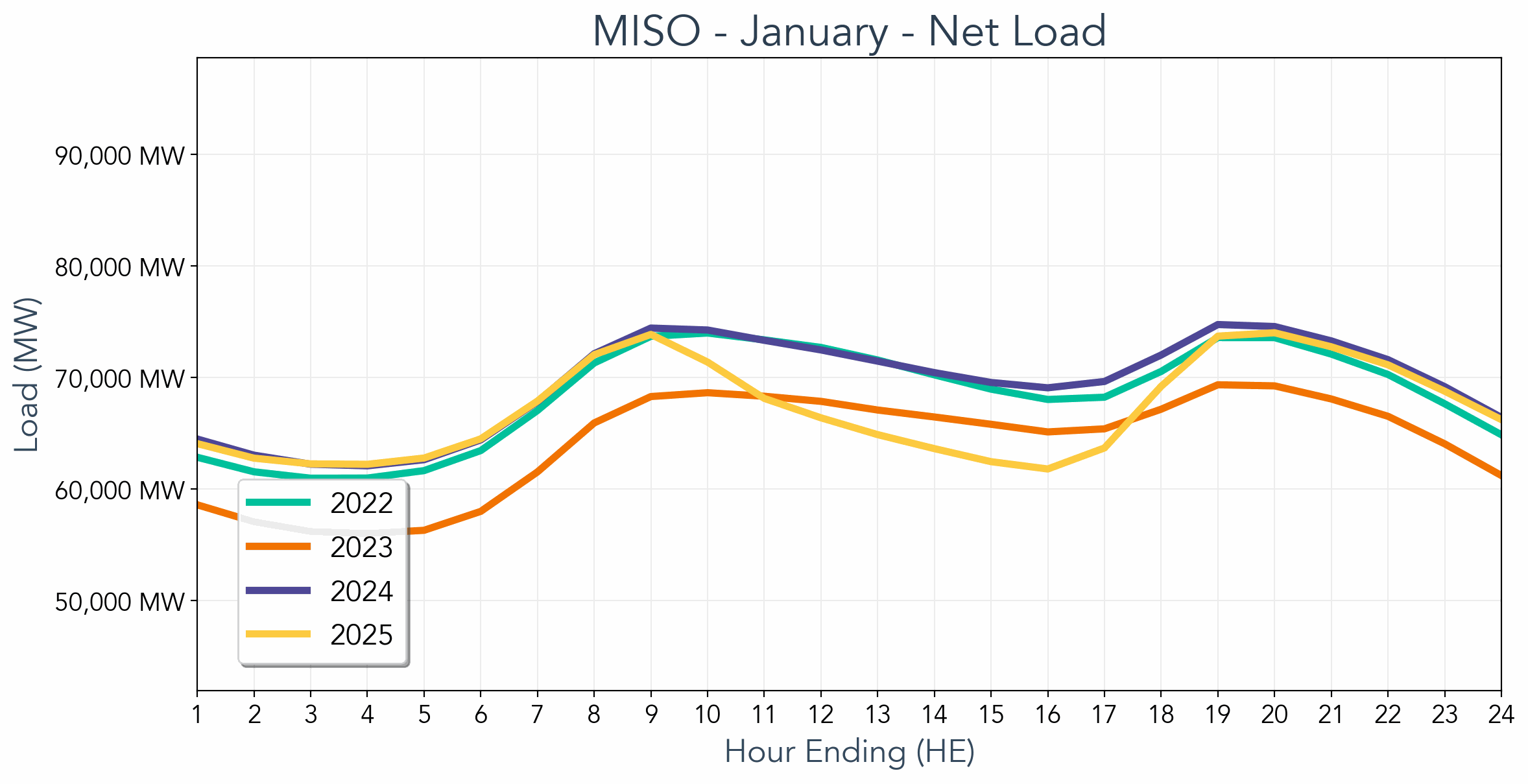

.avif)



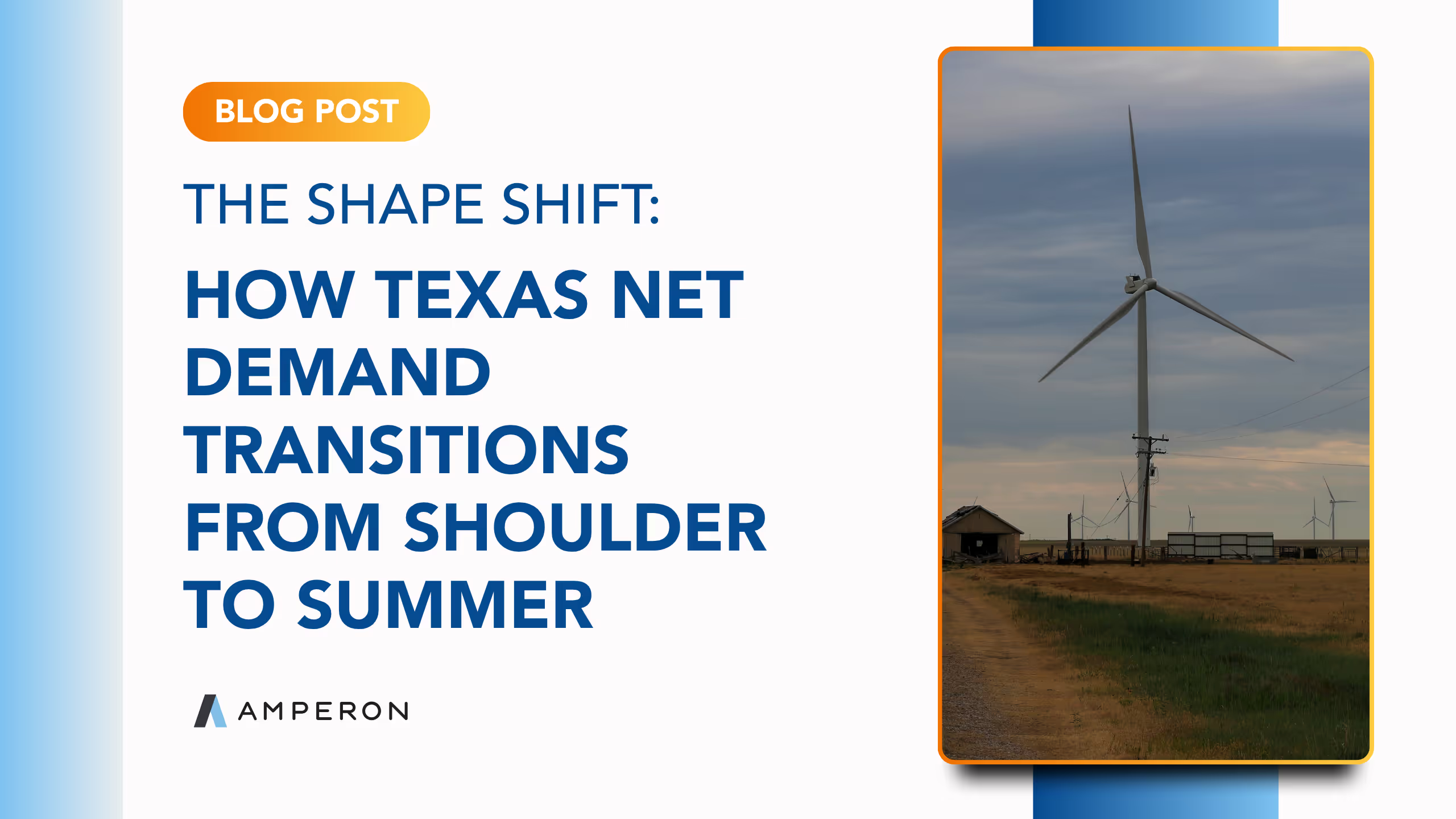
.avif)
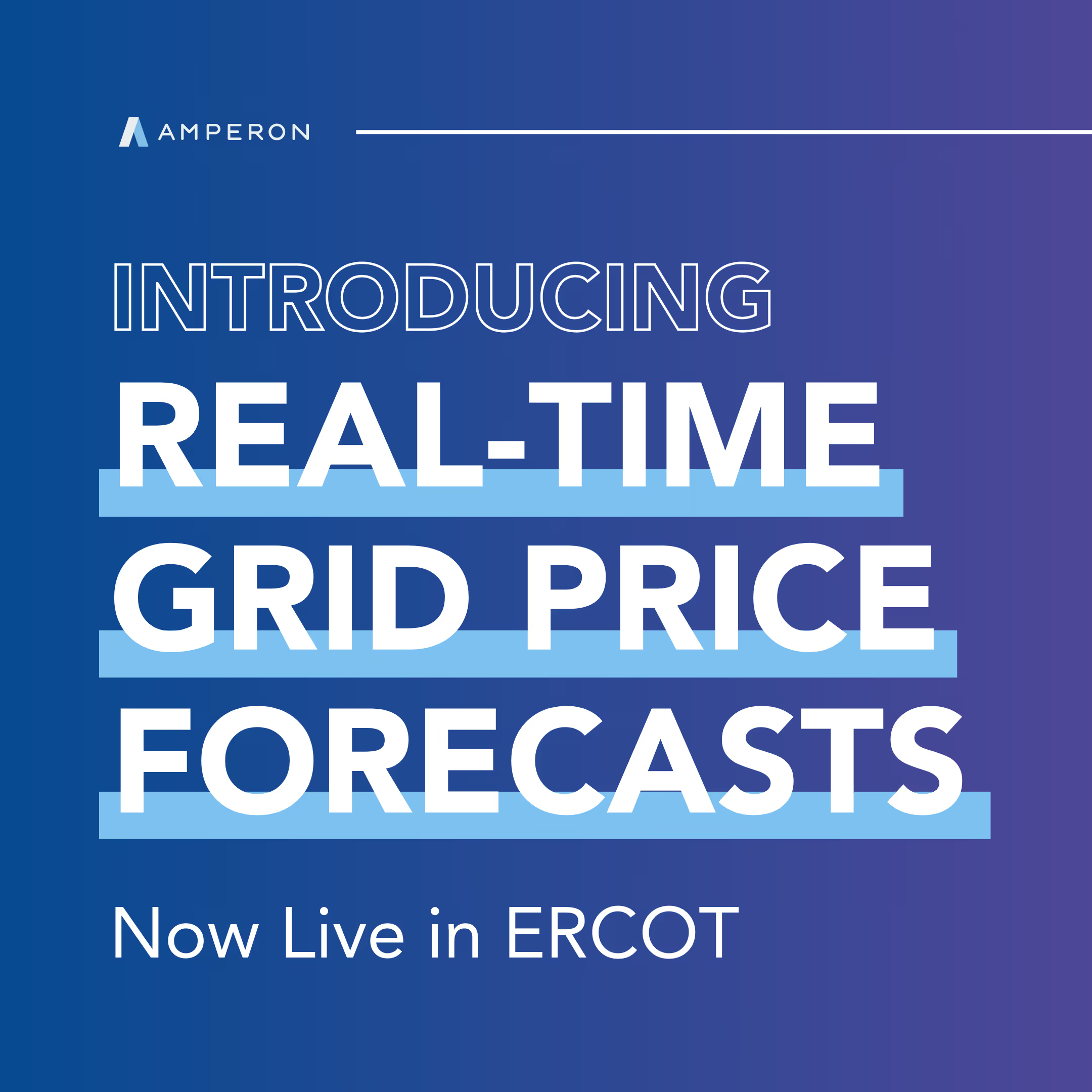
.avif)
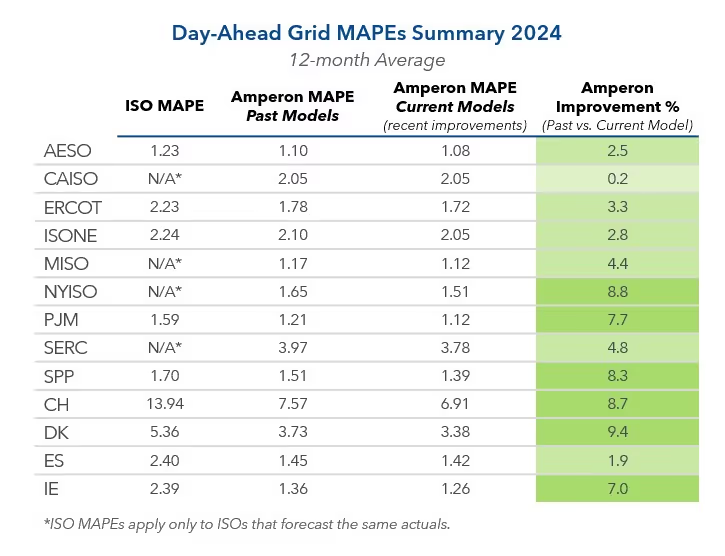

.avif)
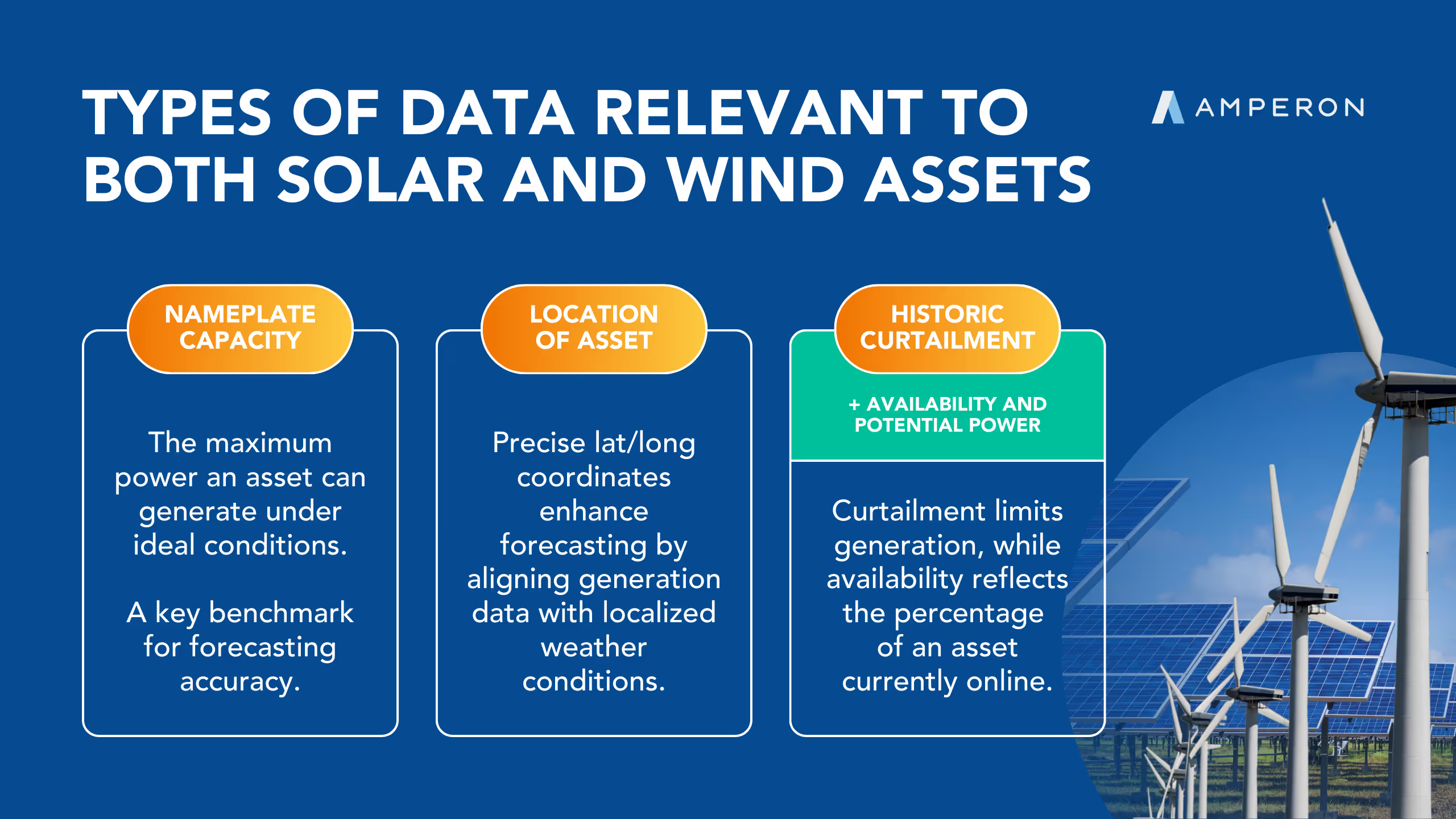
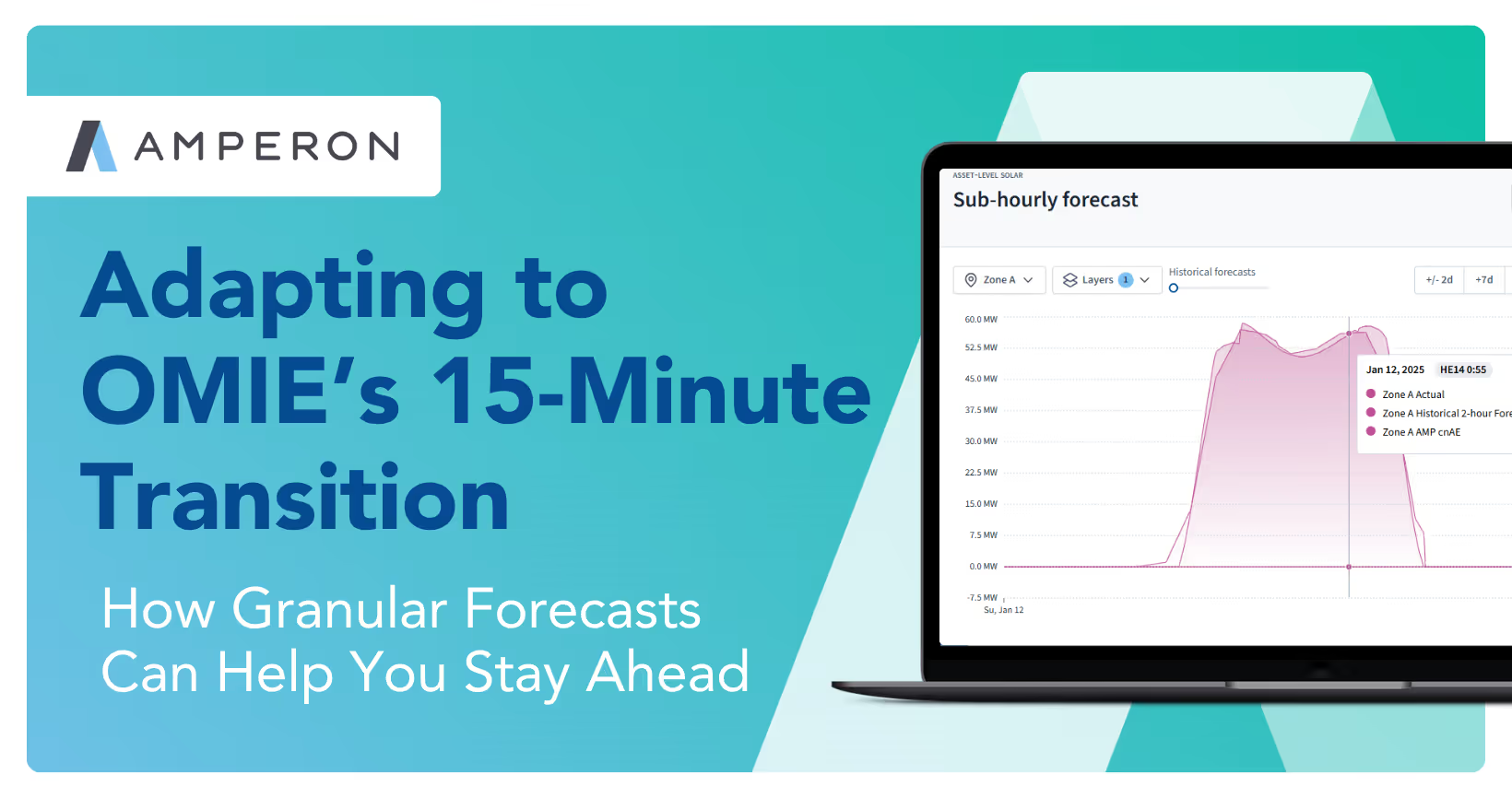
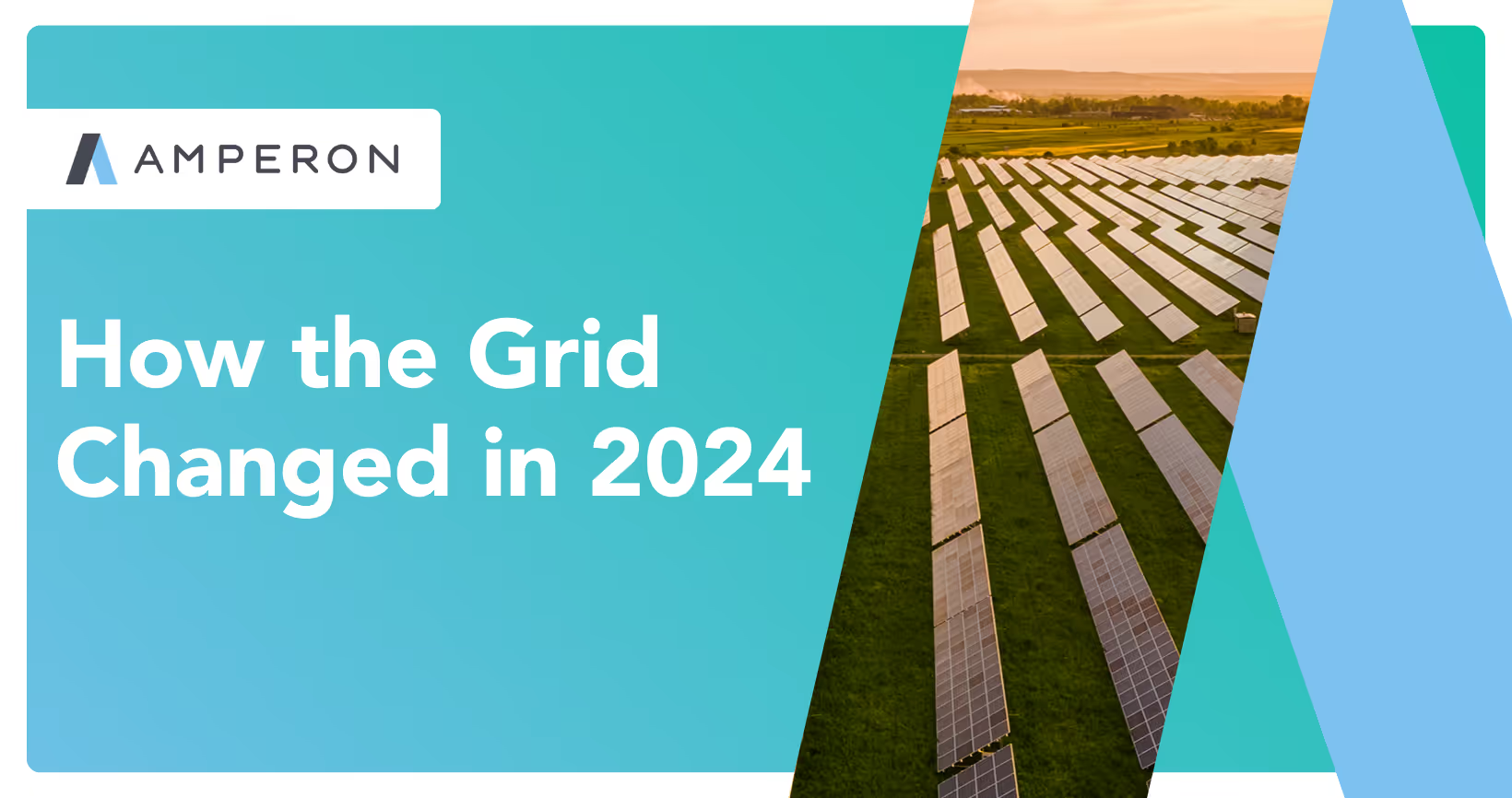
.avif)
%20(15).avif)
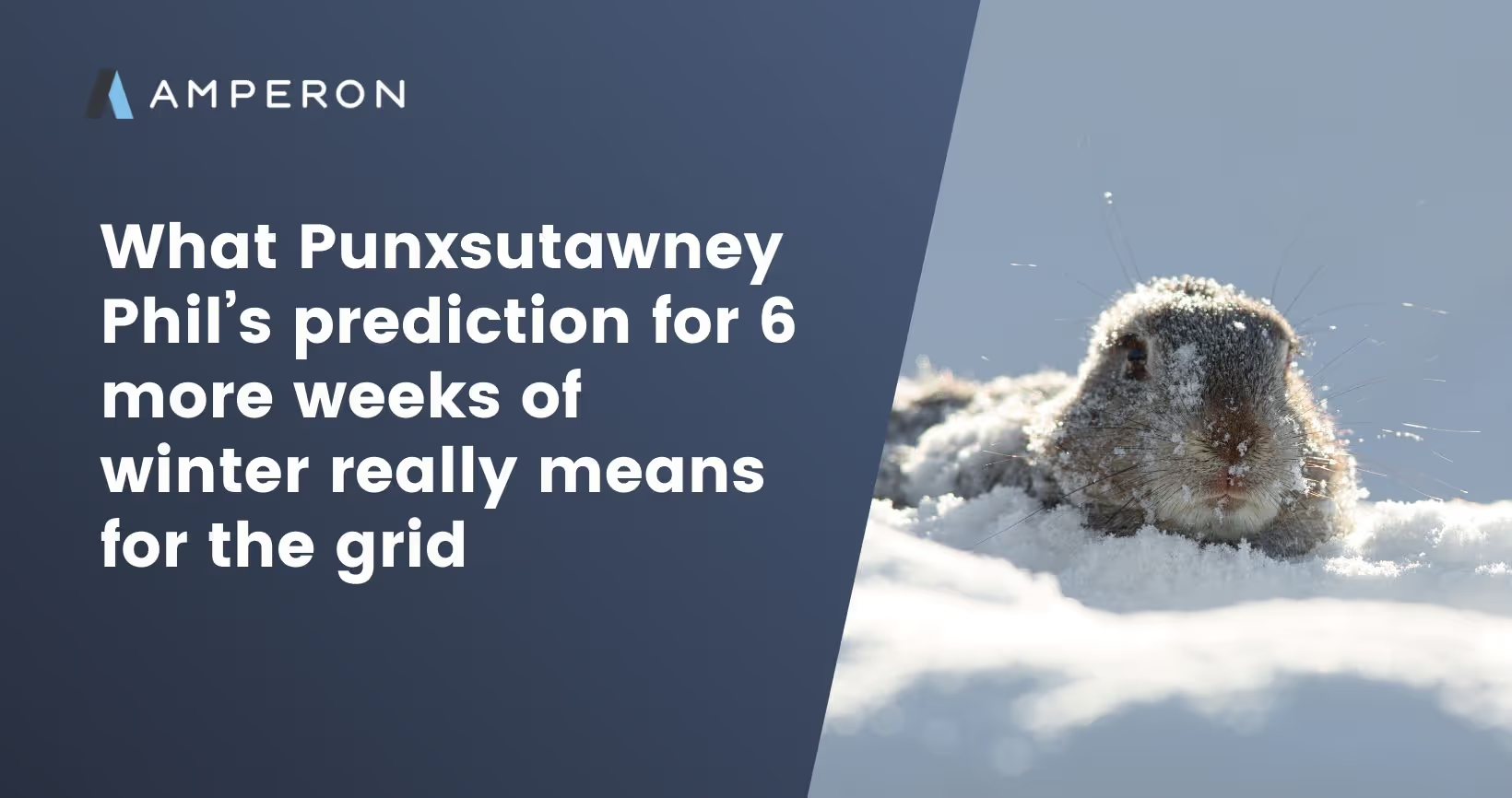
.avif)
%20(10).avif)

.avif)
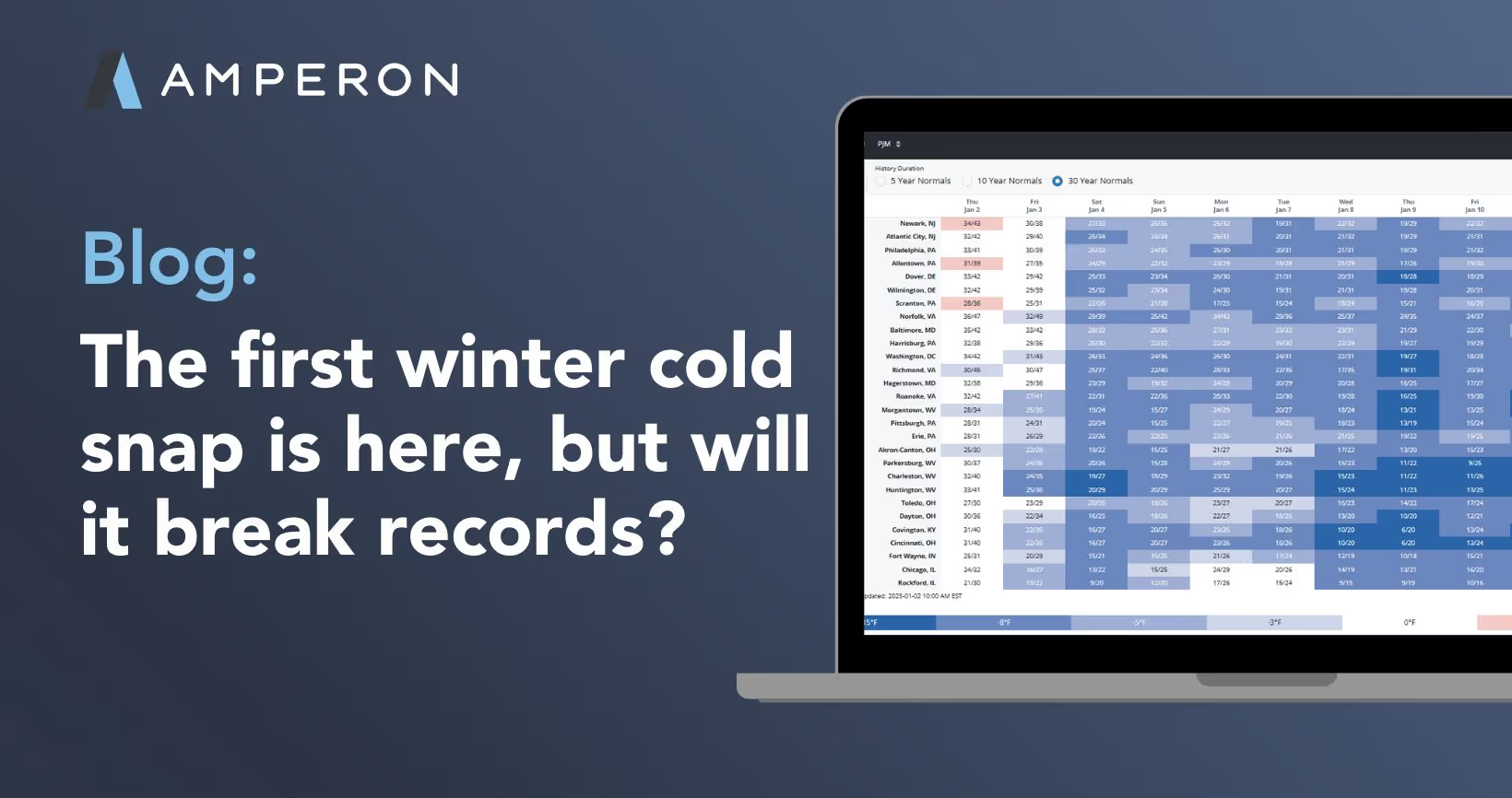

.avif)
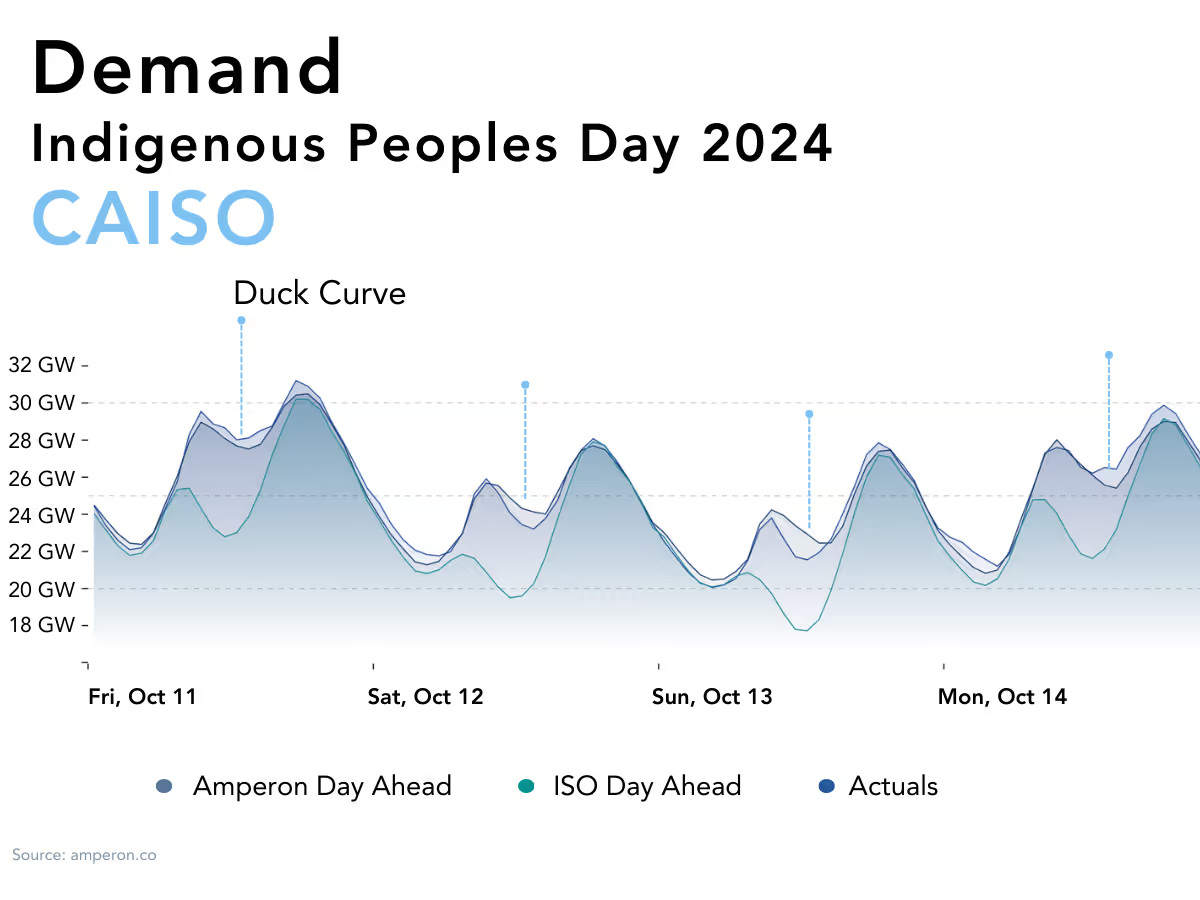
.avif)
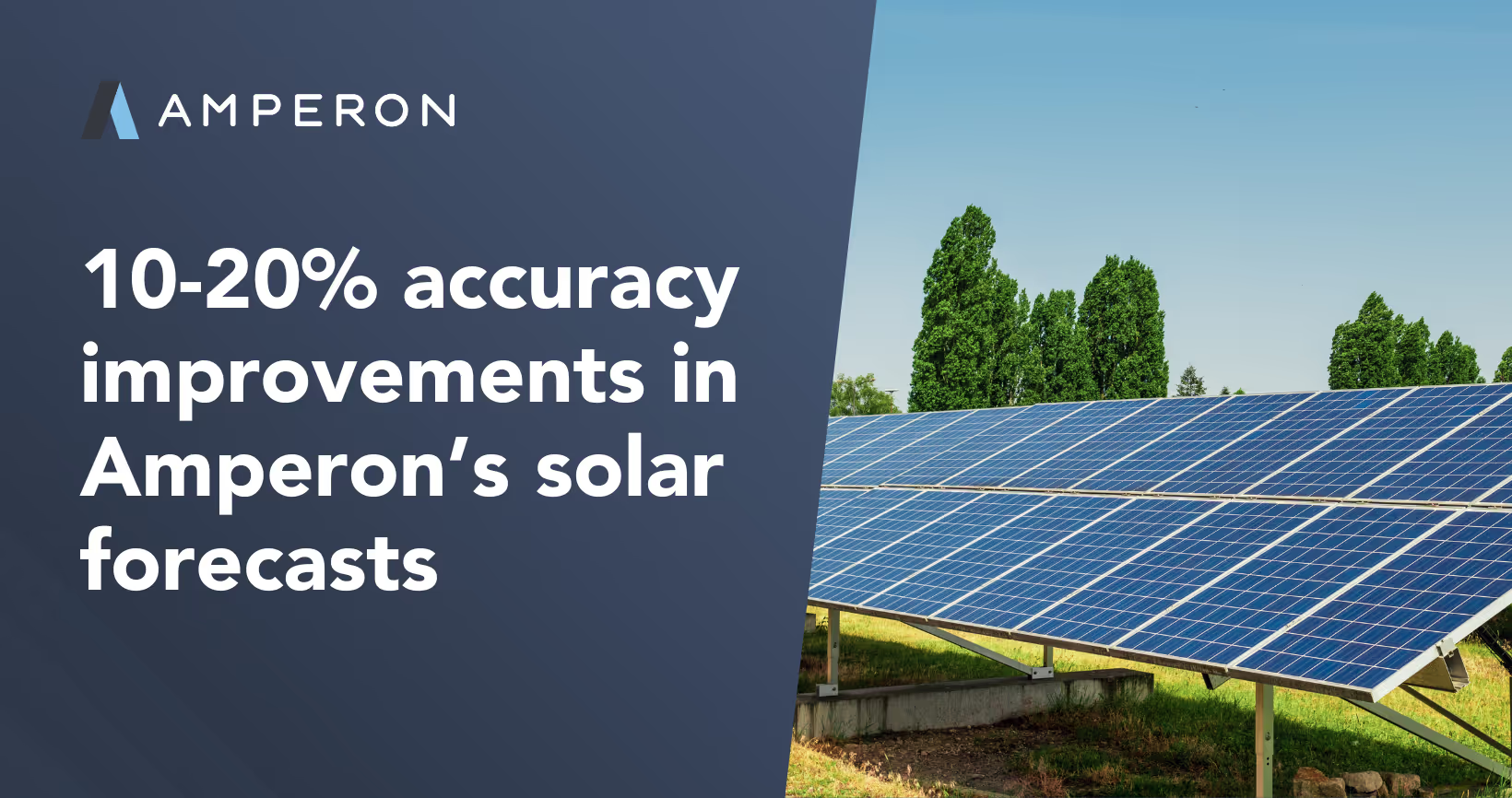


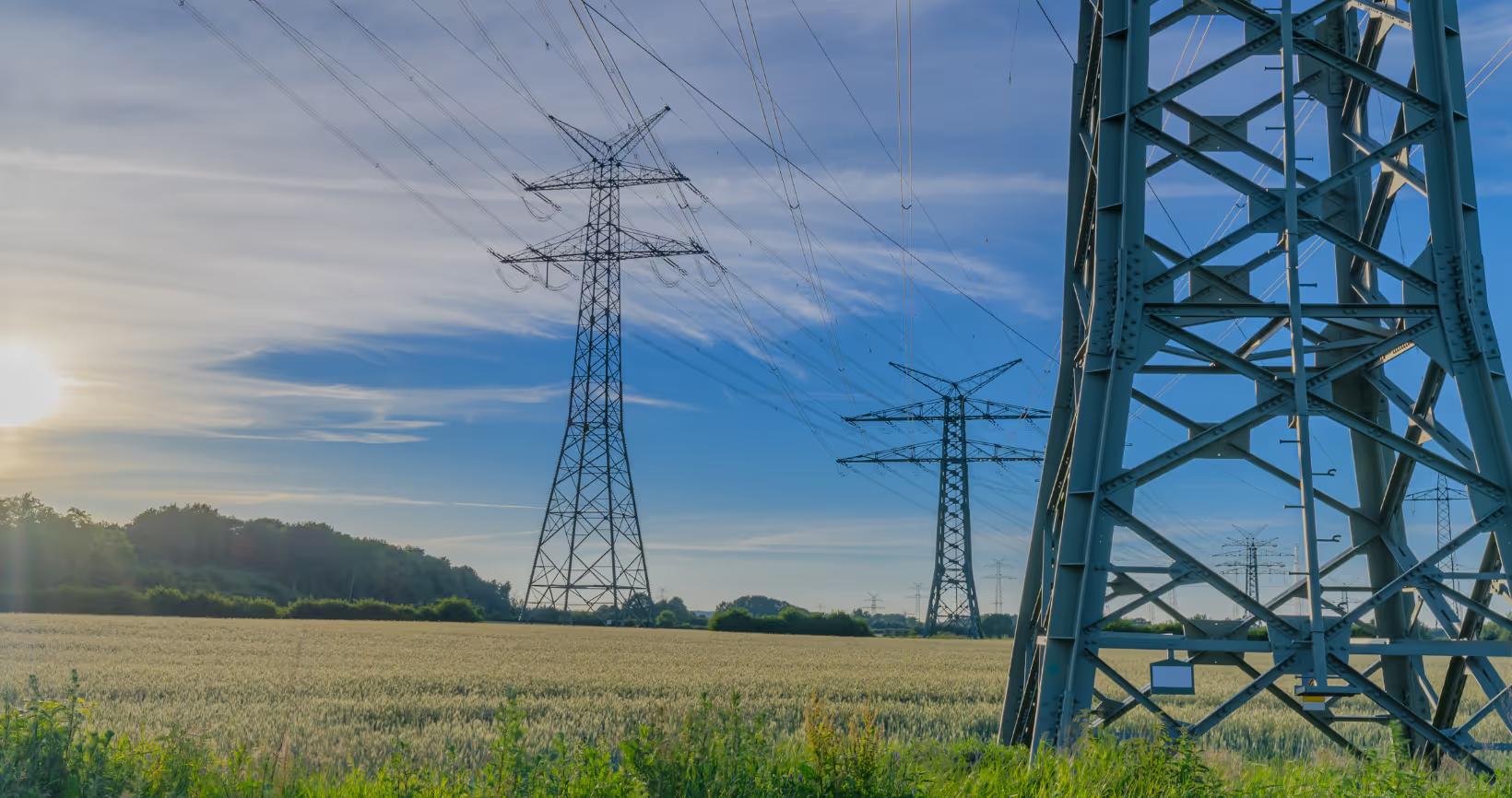

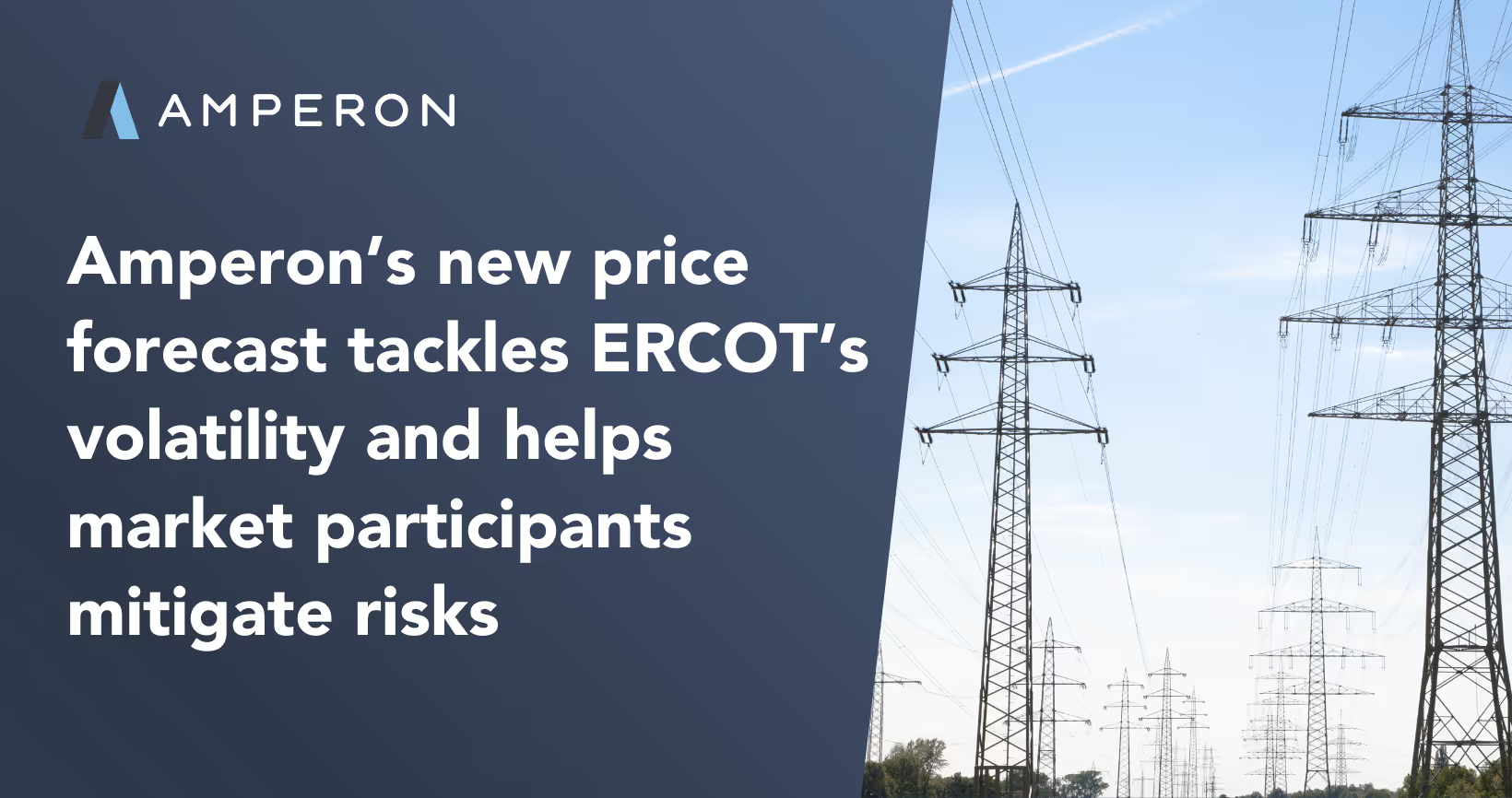
.avif)



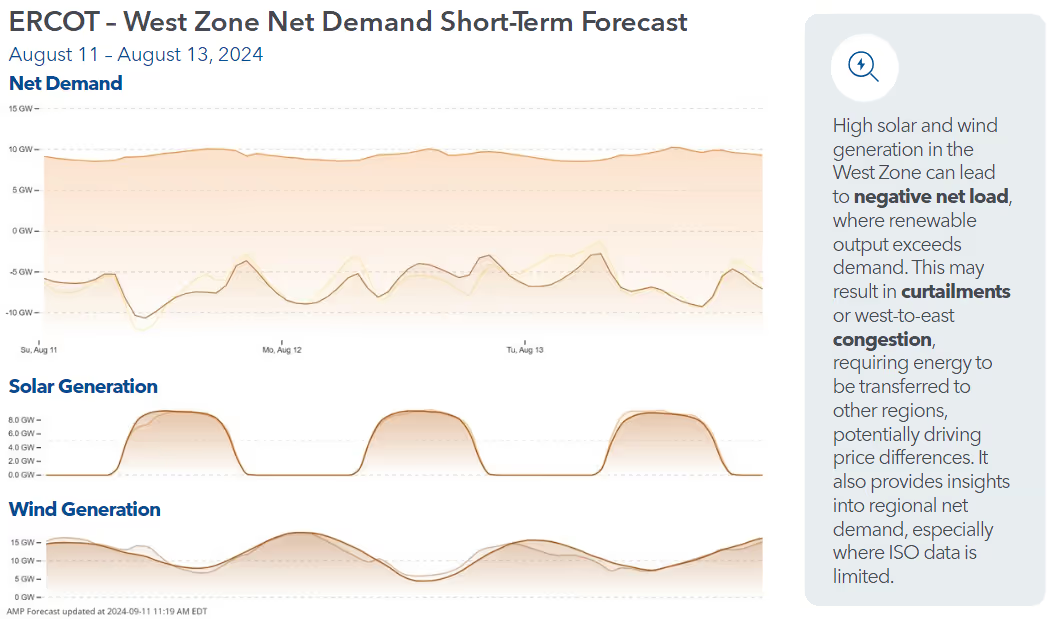



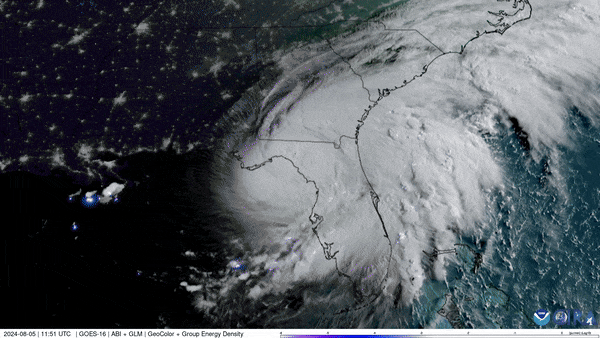

.avif)

.avif)
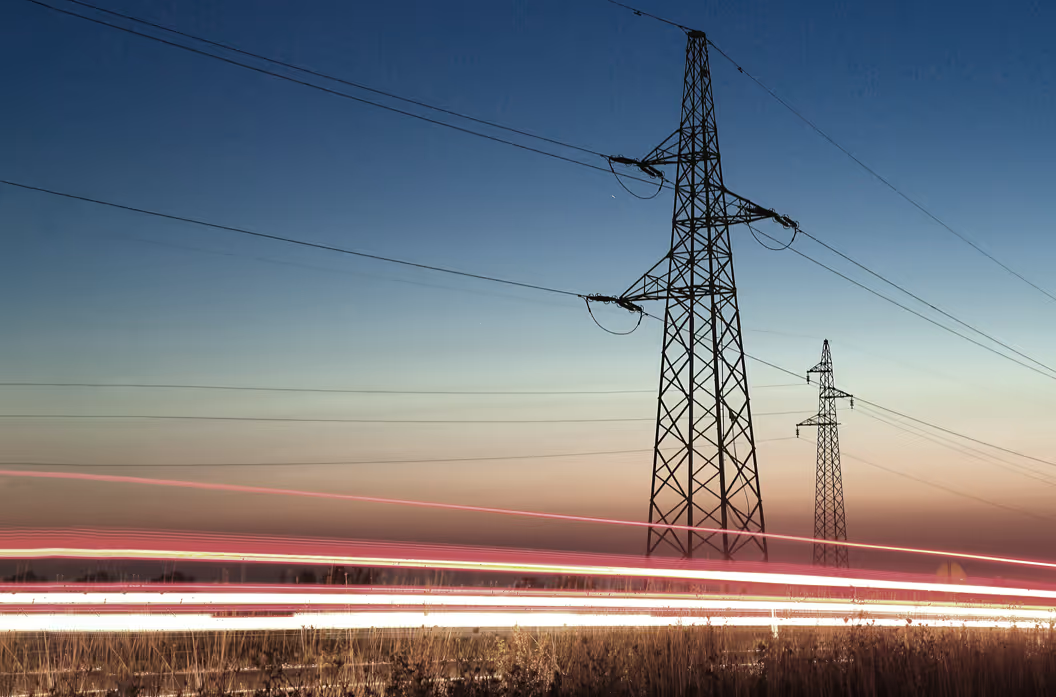



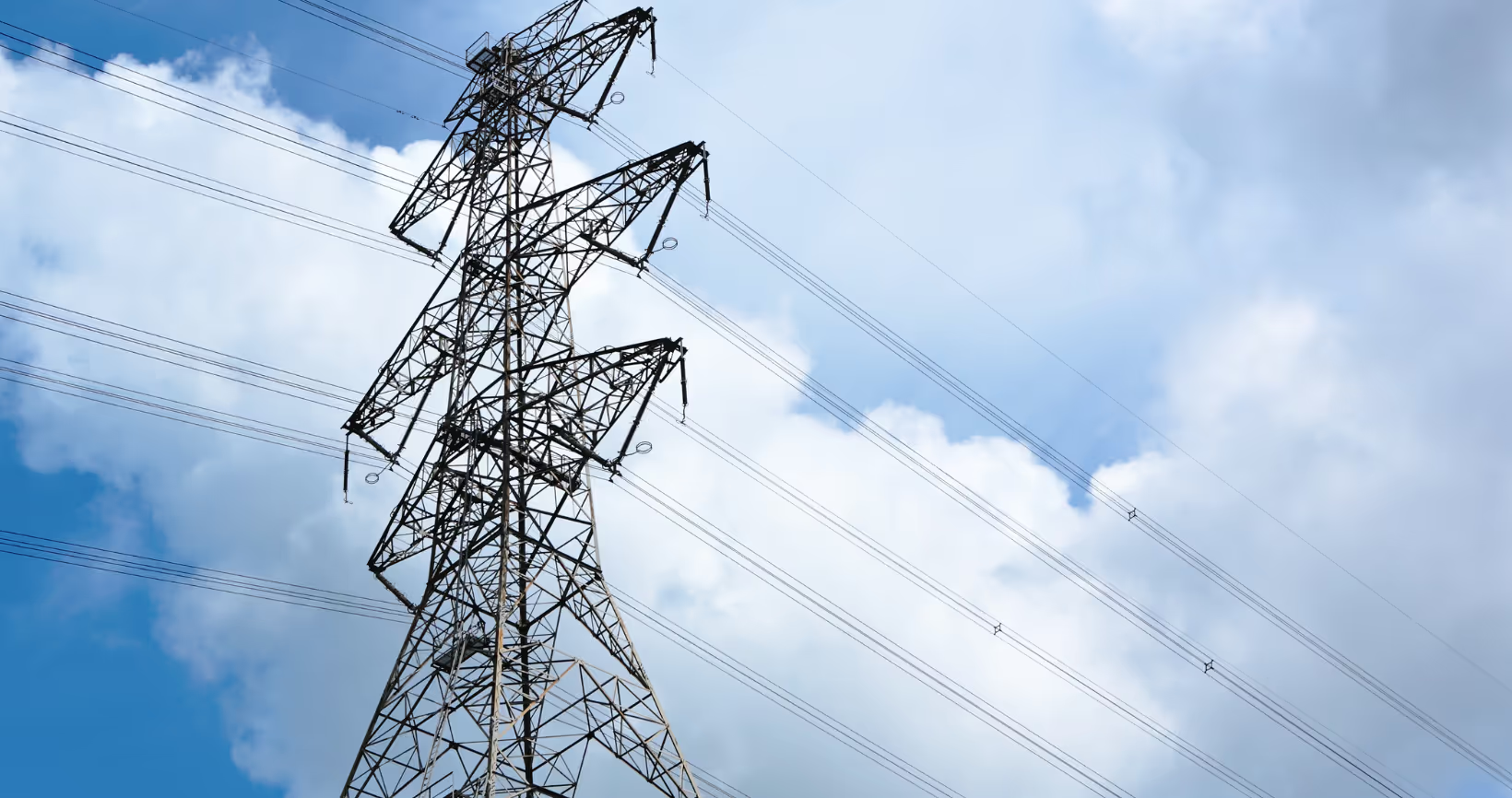
.avif)

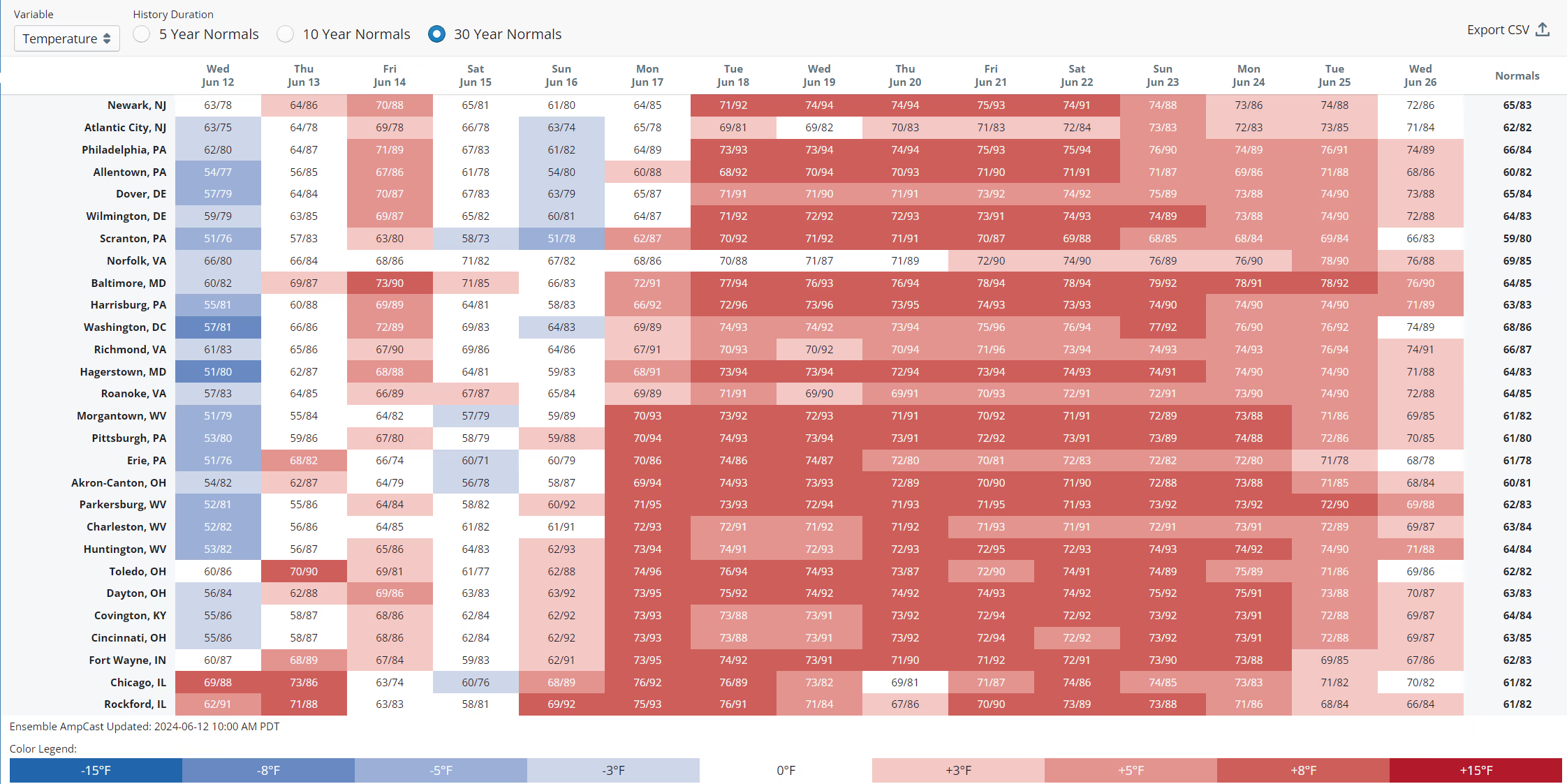
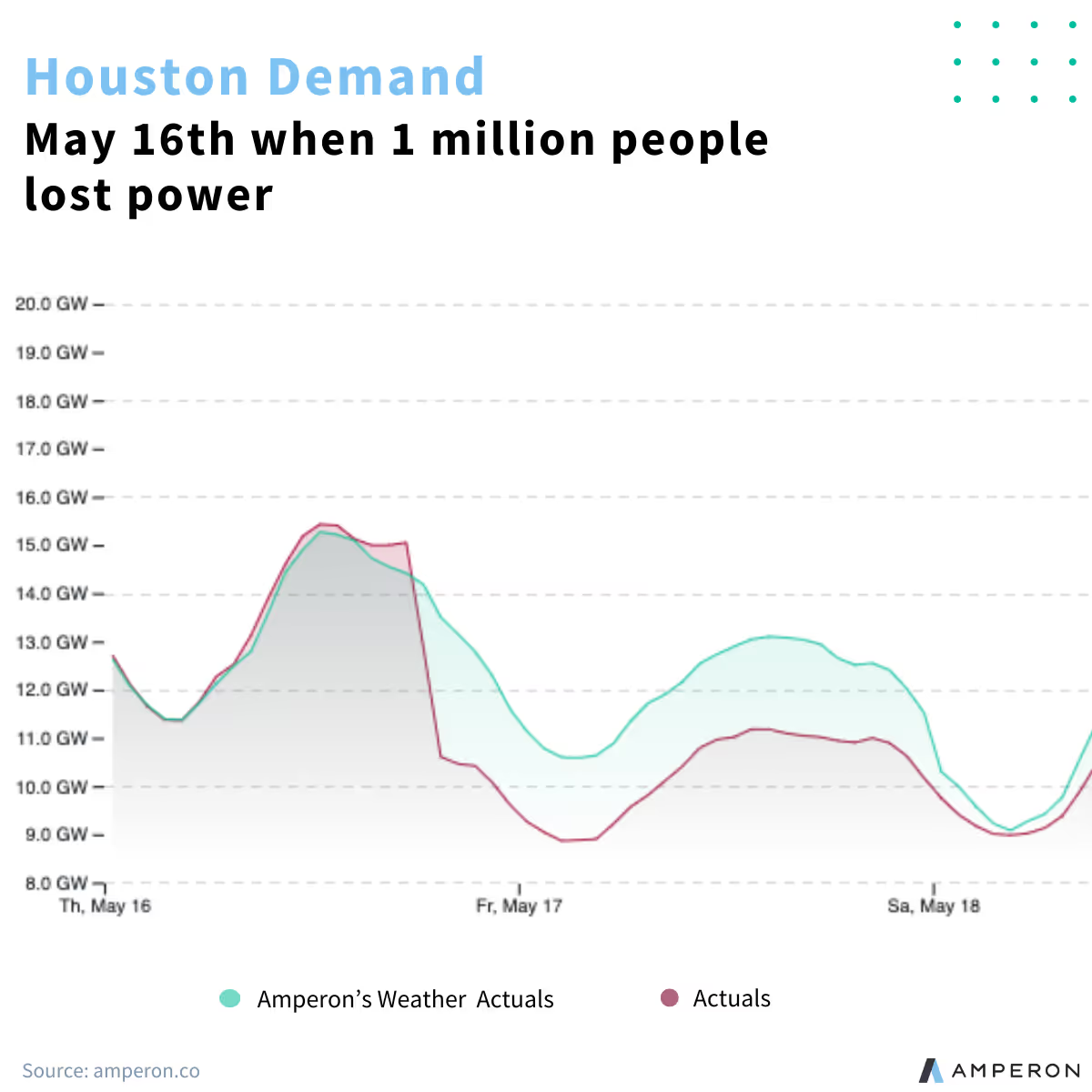
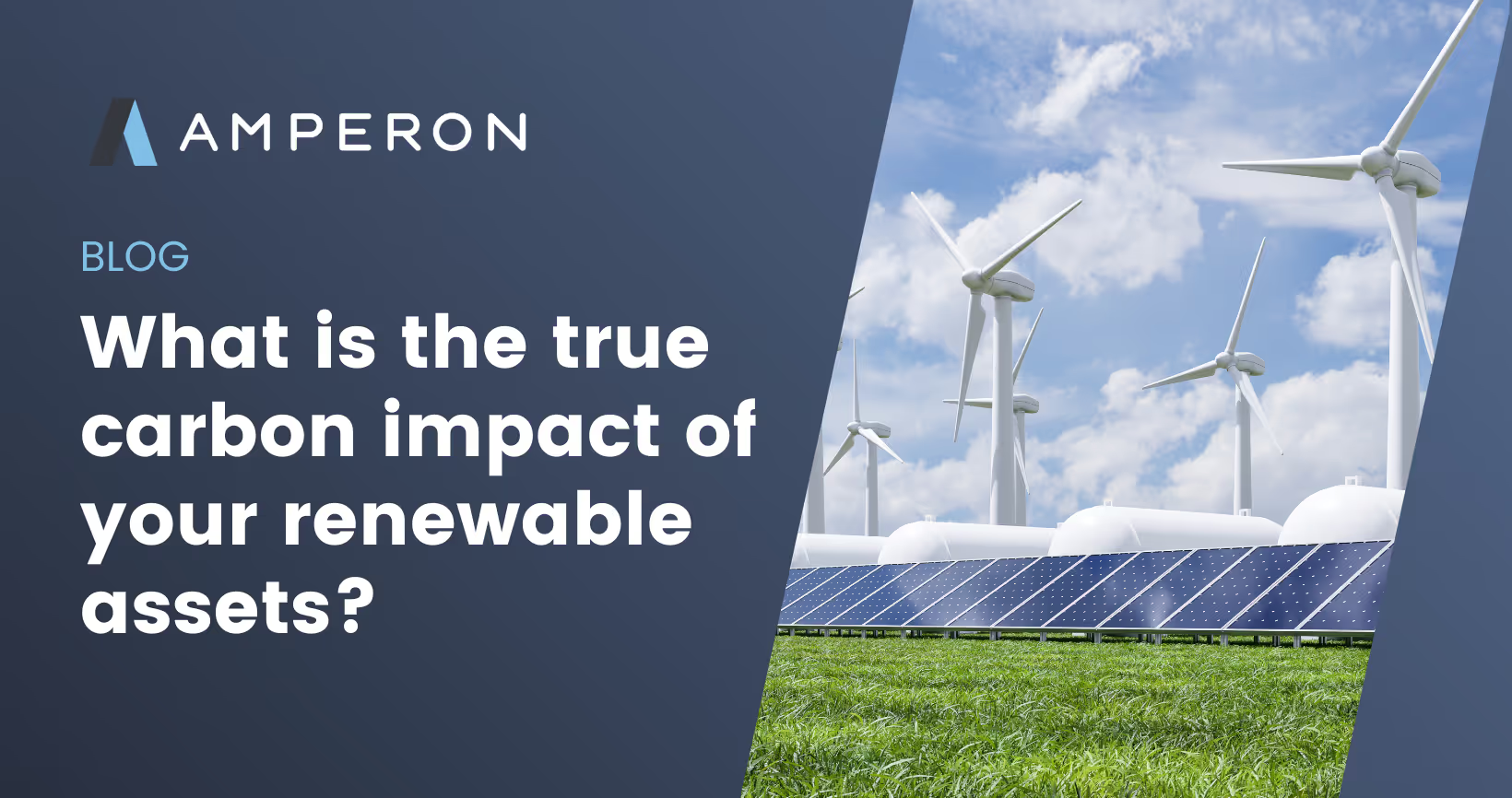

.avif)
.avif)



.avif)

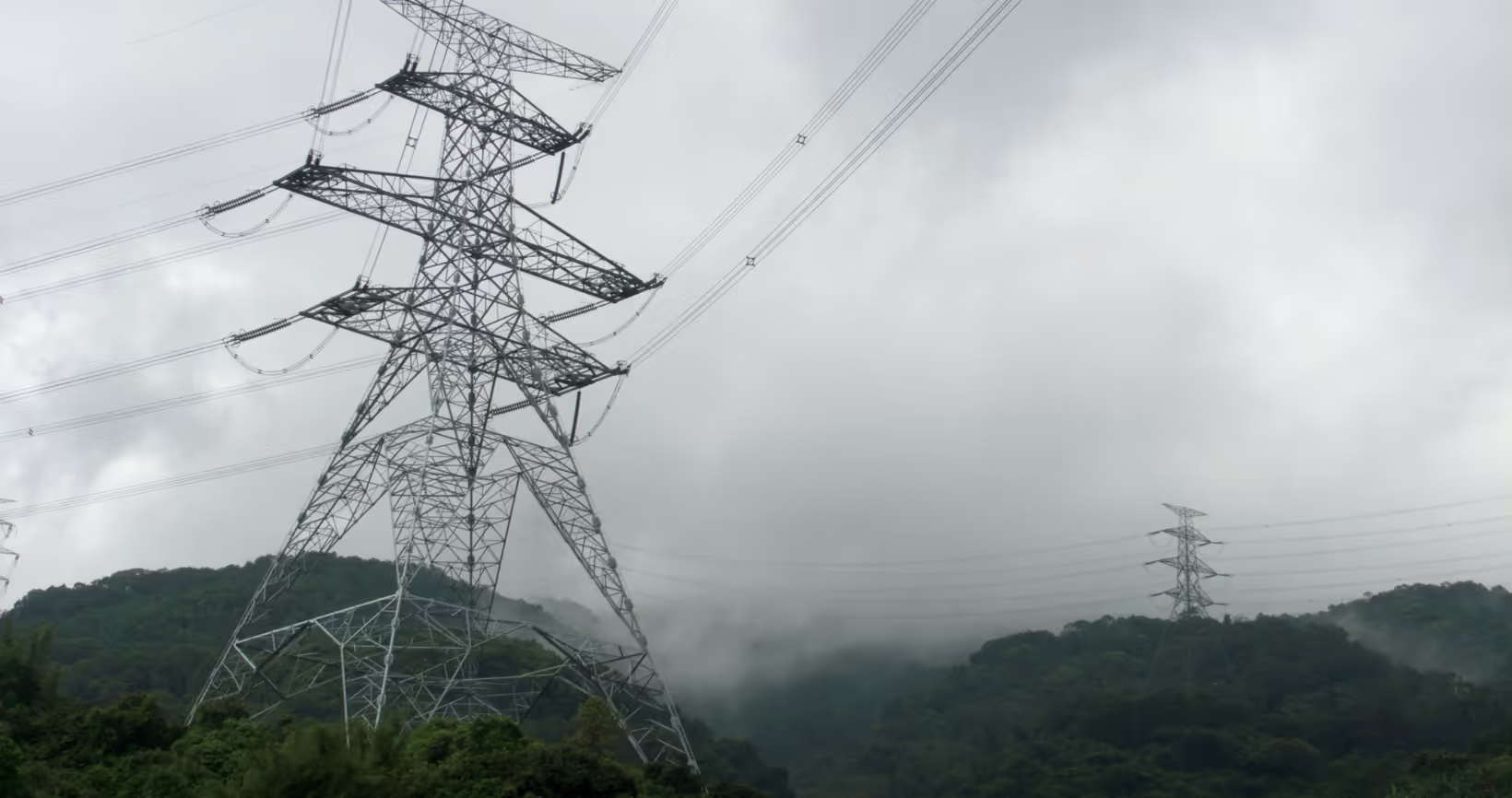


.avif)


